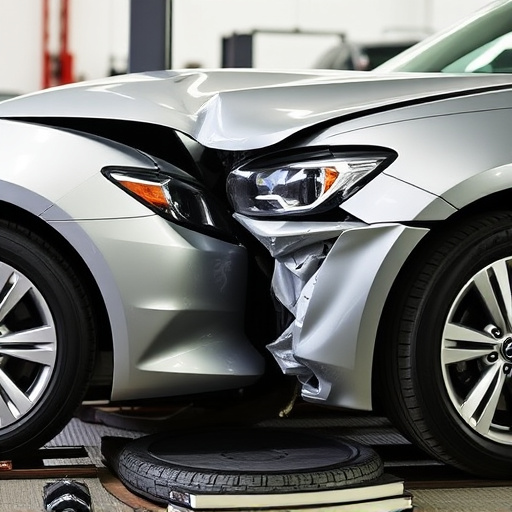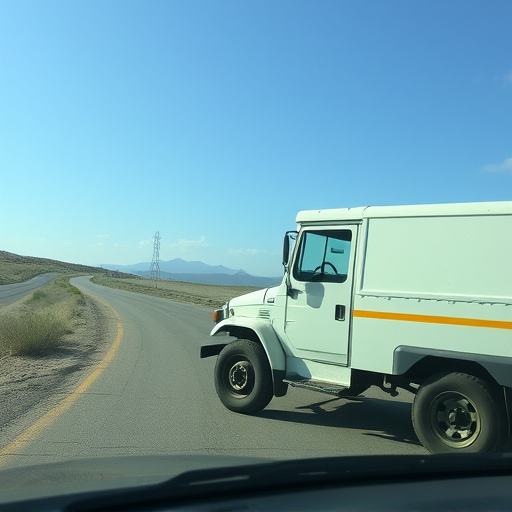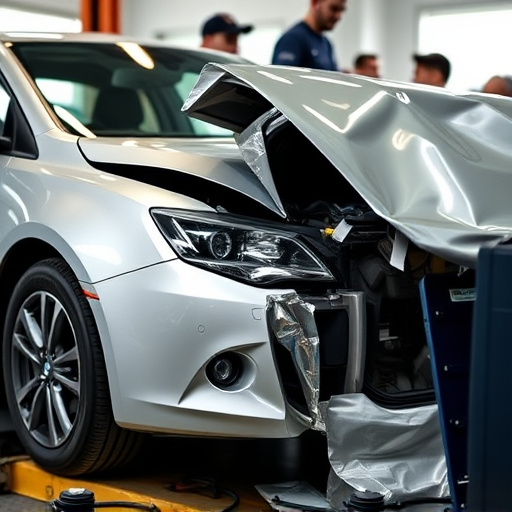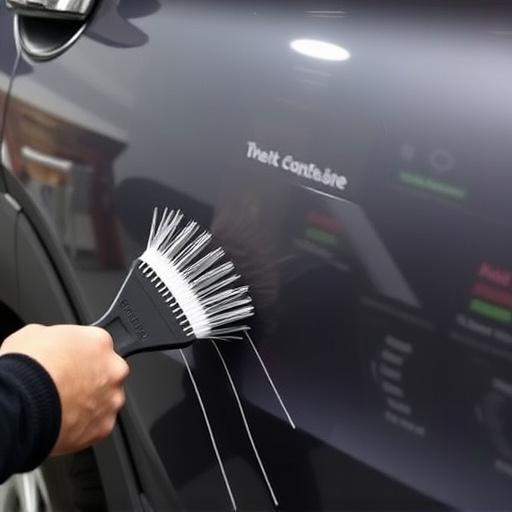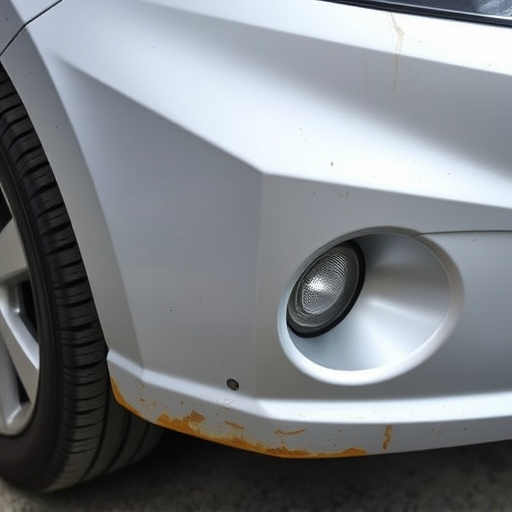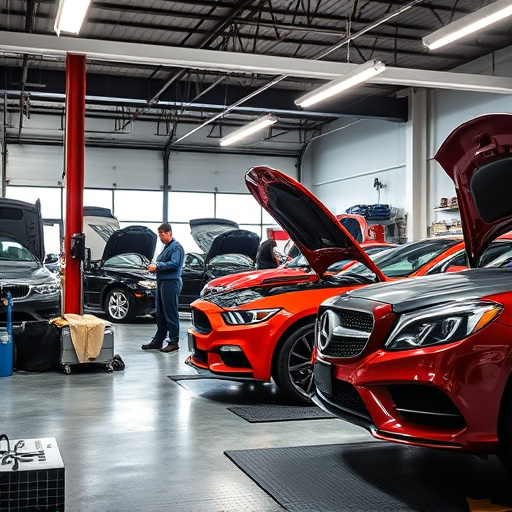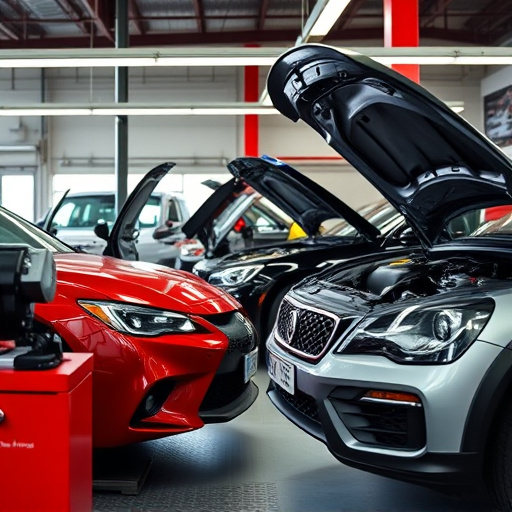The Tesla Supercharger network facilitates global electric vehicle travel by offering compatible charging solutions in diverse countries, removing range anxiety for EV owners. Understanding varied plug types and electrical standards is crucial for smooth Tesla Supercharger compatibility during international trips, with correct adapters or local network research recommended. Thorough planning, regular maintenance checks, and good car condition ensure a stress-free cross-border journey.
When planning an international trip with your Tesla, understanding the global Tesla Supercharger network is crucial. This article guides you through navigating different charging standards worldwide and offers tips for ensuring seamless Tesla Supercharger compatibility abroad. From understanding the varying networks to key differences in standards between countries, discover how to make your cross-border travel smooth and stress-free.
- Understanding Tesla Supercharger Network Globally
- Key Differences in Charging Standards Between Countries
- Tips for Maximizing Supercharger Compatibility Abroad
Understanding Tesla Supercharger Network Globally

The Tesla Supercharger network is a cornerstone of electric vehicle (EV) ownership, offering fast and efficient charging solutions for Tesla drivers worldwide. When traveling internationally, understanding the global reach and compatibility of this network becomes paramount. Tesla has strategically established Supercharger stations in numerous countries, ensuring EV owners can access charging infrastructure across borders. This international expansion allows for seamless road trips, removing range anxiety and providing peace of mind for Tesla drivers exploring new territories.
Global compatibility is a key aspect to consider when planning an international journey with your Tesla. The company’s commitment to expanding its Supercharger network means that many popular travel routes now have charging stations readily available. This accessibility not only facilitates long-distance travel but also promotes the adoption of electric vehicles, contributing to a greener future. As you navigate new landscapes, keep in mind the global support offered by Tesla’s Supercharger network, ensuring your trip is smooth and environmentally friendly.
Key Differences in Charging Standards Between Countries

When planning an international trip with your Tesla, understanding the key differences in charging standards between countries is crucial for ensuring seamless Tesla Supercharger compatibility. Each country has its own set of electrical standards and plug types, which can vary significantly from one region to another. For instance, while many European countries use Type 2 connectors for AC charging, the United States primarily employs J1772 connectors.
These variations require Tesla owners traveling abroad to be adept at adapting their charging solutions. Using the right adapters or understanding local charging infrastructure in advance can prevent inconveniences. It’s worth noting that some countries may also have unique fast-charging networks, separate from the global Tesla Supercharger network, which further highlights the importance of researching local options for efficient and convenient charging while on a cross-border journey.
Tips for Maximizing Supercharger Compatibility Abroad

When traveling internationally, understanding Tesla Supercharger compatibility is key to a stress-free journey. Before you embark on your adventure, research the Supercharger network in your destination country and plan your route accordingly. Many countries have their own version of Tesla Superchargers, so ensure you’re familiar with the local network to avoid any surprises. Check for any regional variations or requirements, as some countries might have specific guidelines for foreign vehicles.
To maximize compatibility, consider the state of your car’s bodywork and make sure it’s in pristine condition. Minor scratches or hail damage repair can be a hassle abroad, so address these issues before your trip. Regular maintenance checks will also ensure optimal performance when plugging into Superchargers. Remember, a well-maintained vehicle is less likely to encounter compatibility issues during your international travels, allowing you to focus on the journey rather than potential delays.
When traveling internationally, understanding the Tesla Supercharger compatibility across different countries is key. By being aware of charging standards and utilizing tips like checking station availability and adapting your travel plans accordingly, you can ensure a smooth and efficient journey for your electric vehicle. The global Tesla Supercharger network offers immense convenience, but planning ahead will make your international travels truly hassle-free.
